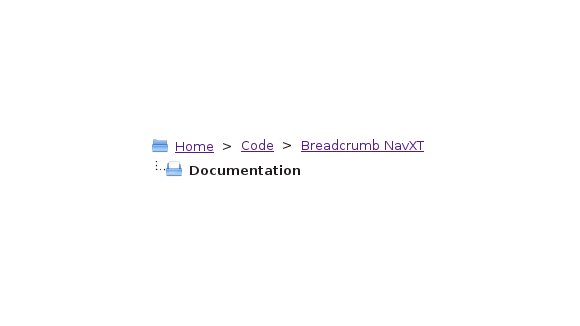Normally, flat post types such as the Post post type do not have parents. However, some like to use pages for their hierarchy and want posts to be children of these pages. While I do not recommend this type of site structure, Breadcrumb NavXT has supported Pages as the parent of Posts for quite some time. In a recent version this was extended to all post types, using the “post parent” selection for the post hierarchy.
The caveat has always been that setting the parent of the post was an exercise left to the user. Last summer, I wrote a fairly basic plugin that makes things easier. Previously meant only for the Post post type, this new version extends post parents to all post types (except for Pages as that wouldn’t make sense). It simply adds a Parent metabox with a pages drop down to the edit screen for posts (of any post type).
Eventually, this will make it into the official WordPress.org plugin repository so everyone will get update notifications. Until then, you’ll have to manually update (by first deleting and then re-installing).
Installation is quite easy:
- Download the Master branch zip archive from GitHub
- In your WordPress Dashboard navigate to the plugin uploader (Plugins > Add New > Upload)
- Upload the zip archive
- Activate and enjoy!
You can keep up with day to day development via the Post Parents’ GitHub Repository.
-John Havlik
[end of transmission, stay tuned]

